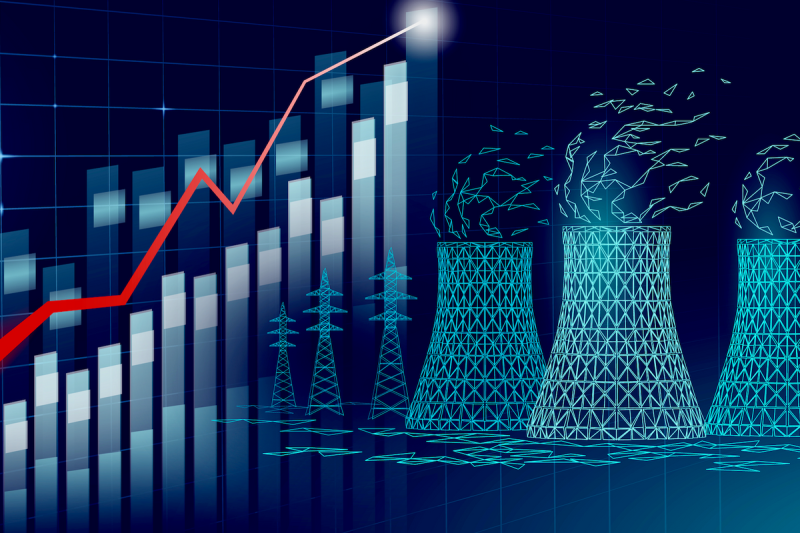The United States government has recently announced ambitious plans to significantly increase the country’s nuclear power capacity by 2050. This strategic move is part of a broader initiative to reduce greenhouse gas emissions and mitigate the impacts of climate change. By tripling its nuclear power capacity over the next few decades, the U.S. aims to transition towards a cleaner and more sustainable energy future.
One of the key drivers behind the decision to expand nuclear power capacity is the urgent need to address climate change. Nuclear energy is considered a low-carbon alternative to fossil fuels, as it does not produce greenhouse gas emissions during power generation. By investing in nuclear power, the U.S. can significantly reduce its carbon footprint and move towards meeting its commitments under the Paris Agreement.
In addition to its environmental benefits, nuclear power offers a reliable and consistent source of energy. Unlike renewable sources such as solar and wind power, nuclear energy production is not dependent on weather conditions and can provide a stable base load of electricity to meet the country’s energy needs. This reliability is crucial for ensuring grid stability and meeting the growing demand for electricity in a sustainable manner.
However, the expansion of nuclear power capacity also raises concerns regarding safety and waste management. Nuclear accidents, such as the infamous Chernobyl and Fukushima disasters, have highlighted the catastrophic consequences of nuclear meltdowns. To address these risks, stringent safety regulations and protocols must be implemented to ensure the safe operation of nuclear power plants.
Furthermore, the issue of nuclear waste disposal remains a major challenge for the industry. The long-term storage of radioactive waste poses environmental and health risks, and effective solutions for its management must be developed to prevent contamination and leakage. Research and innovation in nuclear waste management technologies are essential to address this issue and ensure the long-term viability of nuclear power as a sustainable energy source.
Despite these challenges, the U.S. government’s commitment to tripling nuclear power capacity represents a significant step towards a cleaner and more sustainable energy future. By leveraging the benefits of nuclear energy and addressing its associated risks, the U.S. can play a key role in reducing greenhouse gas emissions and accelerating the transition to a low-carbon economy. Through strategic investments in nuclear power infrastructure and innovation, the country can pave the way towards a more sustainable energy future for generations to come.



























